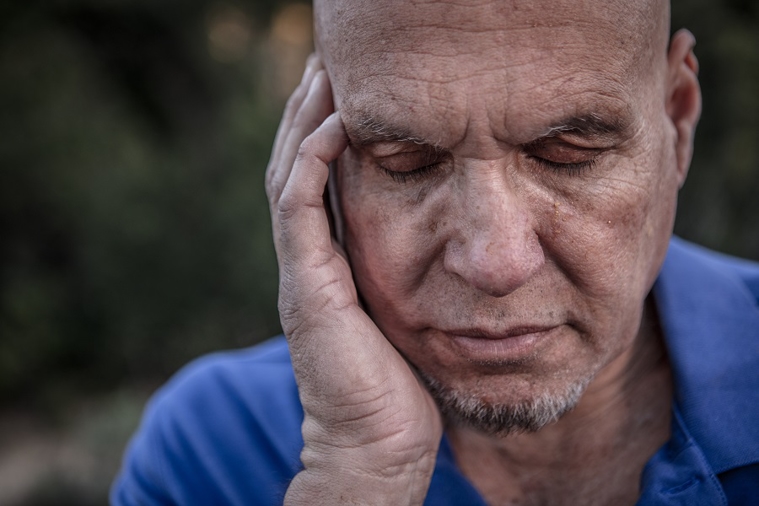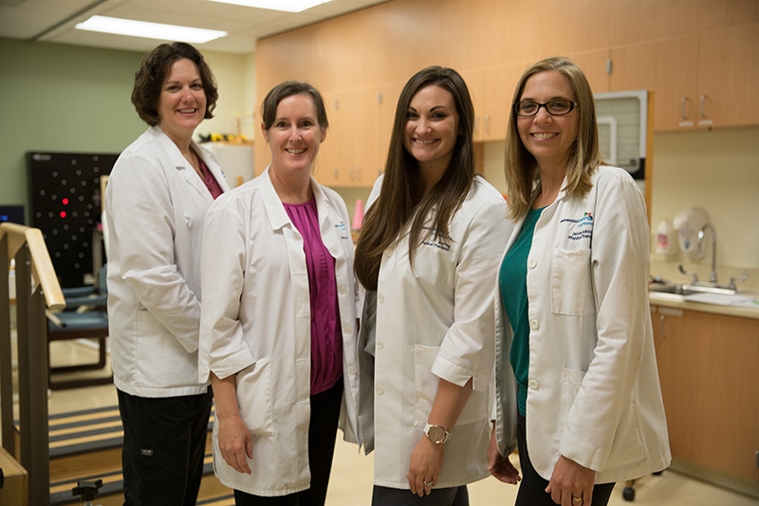Reduce your risk for brain pain
Jun 8, 2020

If you Google the word “headache” and look at the images that come up, you’ll probably notice that most of them look exactly the same—a person grimacing and putting their hands to their temples. The photos make it look like all headaches are the same. But headaches are varied and complex. There are many types of headaches, they affect people differently and have a variety of causes.
The most common types are tension and migraine. Much less common types include cluster, exercise-induced, cold stimulus, primary stabbing, headaches associated with sex and “secondary headaches” that are symptoms of another underlying medical condition. And, a person may have more than one type of headache at the same time.
Preventing headaches
According to the World Health Organization, one in 20 people in the developed world suffer with a daily tension headache. They occur more commonly among women than men. Generally a tension headache includes mild to moderate steady pain throughout the head but is commonly felt across the forehead or in the back of the head. Children can get tension headaches too, but they are most common in adults.
Here are a few ways you can help prevent this type of brain pain on your own:
- Get enough sleep and maintain a regular sleep schedule.
- Get regular exercise, which reduces stress and tension.
- Eat regular meals on a consistent schedule.
- Practice relaxation techniques to reduce tension.
Medical help and medications
“While tension headaches are the most common, migraine is the more common headache in patients seeking medical help,” says Sami Moshi, MD, a neurologist with Adventist Health Lodi Memorial.
Migraine pain can be a throbbing pain accompanied by additional symptoms such as nausea or sensitivity to light and sound and can be localized to specific location such as the temple or eye. Migraines are more frequent in women than in men and are most common in people aged 30 to 39. There are prescription and non-prescription treatments for migraines.
A non-pharmaceutical treatment for migraines is cognitive behavioral therapy (CBT) that helps to break the cycle of headache causing stress, tension and anxiety which causes more pain. CBT teaches the patient skills that increase their ability to cope with pain and reduce headache-related psychological distress. According to the Association of Migraine Disorders, one study found that CBT resulted in a significant reduction in average headache intensity and frequency.
The medications we have now to help prevent or lessen migraines include drugs intended for other conditions—seizure and blood pressure medications, antidepressants and Botox. But Dr. Moshi notes that medications can sometimes contribute to the problem.
“Sometimes migraines may become more frequent and chronic,” he says. “Many times it is simply an overuse of over-the-counter medications that may cause more frequent headaches and what we call ‘medication overuse headache’ or ‘rebound headache’.”
Dr. Moshi adds that while there is no cure for migraines, we have more weapons in our arsenal now: “Starting with general medications to the more recent migraine-specific drugs and Botox therapy, most of our migraine patients do not have suffer like they have in the past.”
So step away from your computer now, stretch your body, then embark on a relaxing nature walk. Release your stress and help reduce your risk for brain pain.


